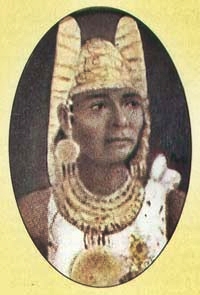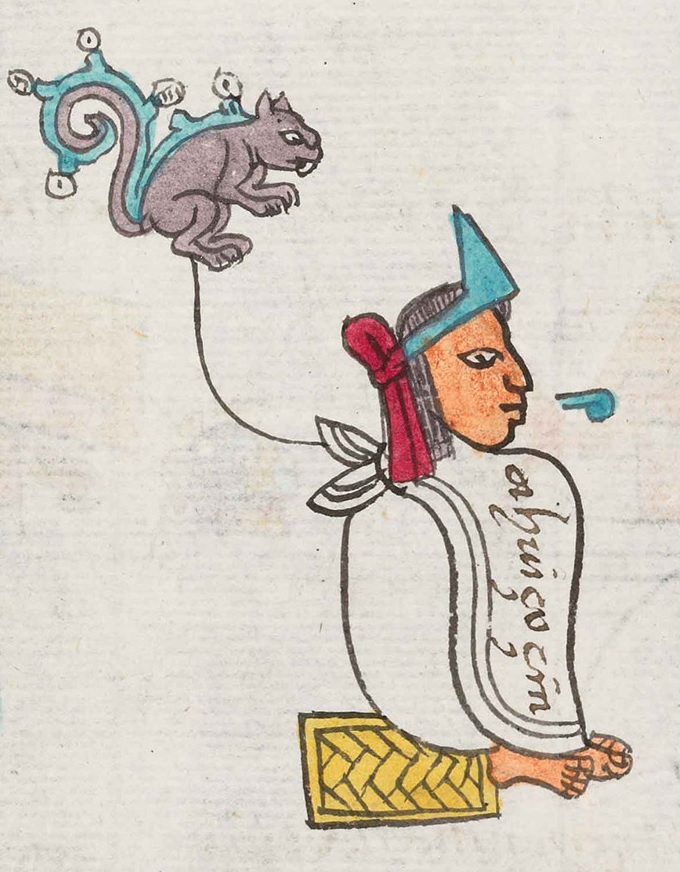Africa
- Akan state of Twifo-Heman – Ofusu Kwabi (c. 1500-c. 1520)
- Buganda – Kiggala, King of Buganda (c. 1474-c. 1501)
- Ethiopian Empire – Na'od (1494–1508)
- Adal Sultanate – Muhammad ibn Azhar ad-Din (1488–1518)

The Adal Sultanate, or Kingdom of Adal, was a Muslim Somali kingdom and sultanate located in the Horn of Africa. It was founded by Sabr ad-Din II after the fall of the Sultanate of Ifat. The kingdom flourished from around 1415 to 1577. The sultanate and state were established by the local inhabitants of Zeila. At its height, the polity controlled most of the territory in the Horn region immediately east of the Ethiopian Empire (Abyssinia). The Adal Empire maintained a robust commercial and political relationship with the Ottoman Empire.
Muhammad ibn Azhar ad-Din was a Somali Sultan of the Sultanate of Adal. Sihab ad-Din Ahmad states in his Futuh al-Habasa that he was the son of Azhar, the second son of Abu Bakr, one of the ten sons of Sa'ad ad-Din II, and ruled for 30 years.
- Mali Empire – Mahmud III. Mansa of Mali (1496–1559)
- Kingdom of Kongo – João I (1470–1509)
- Kingdom of Rwanda – Cyirima I (c. 1428-c. 1506)
- Songhai Empire – Askia Mohammad I, Askia of the Songhai Empire (1493–1528)
The Akan are a meta-ethnicity predominantly speaking Central Tano languages and residing in the southern regions of the former Gold Coast region where Ghana is today located. The Akans, who historically migrated from Ghana, also make up a majority of the population in the Ivory Coast. The Akan language is a group of dialects within the Central Tano branch of the Potou–Tano subfamily of the Niger–Congo family.
Twifo is one of the states established by the Akan when they first settled in the Adansi forest. Later the Akan kept migrating southward toward the coast, where they took over considerable area. By the beginning of the 16th century, European sources noted the state of Twifo, said to be rich in gold; they described it as near the forest area with a capital known as Hemang. These Akan brought their gold to the coastal area to sell and were known by the Europeans by variant names because they brought the finest gold. The people also became known as Twifo.
Ofusu Kwabi was a Ghanaian southern Akan leader. He was believed to have been a successor to Agyen Kokobo, founder of the Twifo-Heman kingdom. The dates of his leadership are uncertain; some say he ruled as early as around 1500 to 1520, but other sources have stated that he was around still in 1575, when he defeated Nzima (Simba) in the Ahweaban war.





